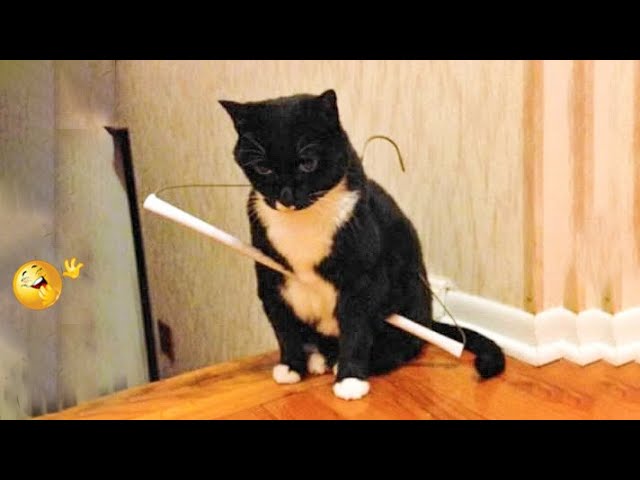My British Shorthair Cat Is Obsessed With The Cardboard Box | Funny Cat Videos 2020
Donate to the Channel https://www.donationalerts.com/r/jessiescat
My TikTok https://www.tiktok.com/@jessiescat
Everything for Cats http://ali.pub/4nrbfq
House for the Cat http://ali.pub/4osmu5
Toys for Cats http://ali.pub/4osmzl
Subscribe to the channel https://www.youtube.com/channel/UCInan–ath5kM1HP_TsPzVA
Thanks for Subscribe, Like and Commenting
This channel is about a British Shorthair cat called Jesse. Here I will show Cat’s life. What cats do every day. What cats eat. How to care for cats, How cats play. All you need to know about cats. Feline habits. How to care for pets. What Pets Eat. How to treat lady pets and much more. Let’s be friends. Thanks for Subscribe, Like and Commenting
—————-
The British Shorthair is the pedigreed version of the traditional British domestic cat, with a distinctively stocky body, dense coat, and broad face. The most familiar color variant is the “British Blue,” a solid grey-blue coat, orange eyes, and a medium-sized tail. The breed has also been developed in a wide range of other colours and patterns, including tabby and colorpoint.
It is one of the most ancient cat breeds known. In modern times, it remains the most popular pedigreed breed in its native country, as registered by the UK’s Governing Council of the Cat Fancy (GCCF).
The breed’s good-natured appearance and relatively calm temperament make it a frequent media star, notably as the inspiration for John Tenniel’s famous illustration of the Cheshire Cat from Alice in Wonderland. The Cat Fanciers’ Association profile reads: “When gracelessness is observed, the British Shorthair is duly embarrassed, quickly recovering with a ‘Cheshire cat smile’.
—————————–
The cat (Felis catus) is a domestic species of small carnivorous mammal. It is the only domesticated species in the family Felidae and is often referred to as the domestic cat to distinguish it from the wild members of the family. A cat can either be a house cat, a farm cat or a feral cat; the latter ranges freely and avoids human contact.Domestic cats are valued by humans for companionship and their ability to hunt pests such as rodents. About 60 cat breeds are recognized by various cat registries.
The cat is similar in anatomy to the other felid species: it has a strong flexible body, quick reflexes, sharp teeth and retractable claws adapted to killing small prey. Its night vision and sense of smell are well developed. Cat communication includes vocalizations like meowing, purring, trilling, hissing, growling and grunting as well as cat-specific body language. It is a solitary hunter but a social species. It can hear sounds too faint or too high in frequency for human ears, such as those made by mice and other small mammals. It is a predator that is most active at dawn and dusk. It secretes and perceives pheromones.
Female domestic cats can have kittens from spring to late autumn, with litter sizes ranging from two to five kittens. Domestic cats are bred and shown at events as registered pedigreed cats, a hobby known as cat fancy. Failure to control breeding of pet cats by spaying and neutering, as well as abandonment of pets, resulted in large numbers of feral cats worldwide, contributing to the extinction of entire bird species and evoking population control.
It was long thought that cat domestication was initiated in Ancient Egypt, because cats in ancient Egypt were venerated since around 3100 BC. However, the earliest indication for the taming of an African wildcat (F. lybica) was found in Cyprus, where a cat skeleton was excavated close by a human Neolithic grave dating to around 7500 BC. African wildcats were probably first domesticated in the Near East.
———————-
#cat #catlife #funnycat #cats #amazingcat




